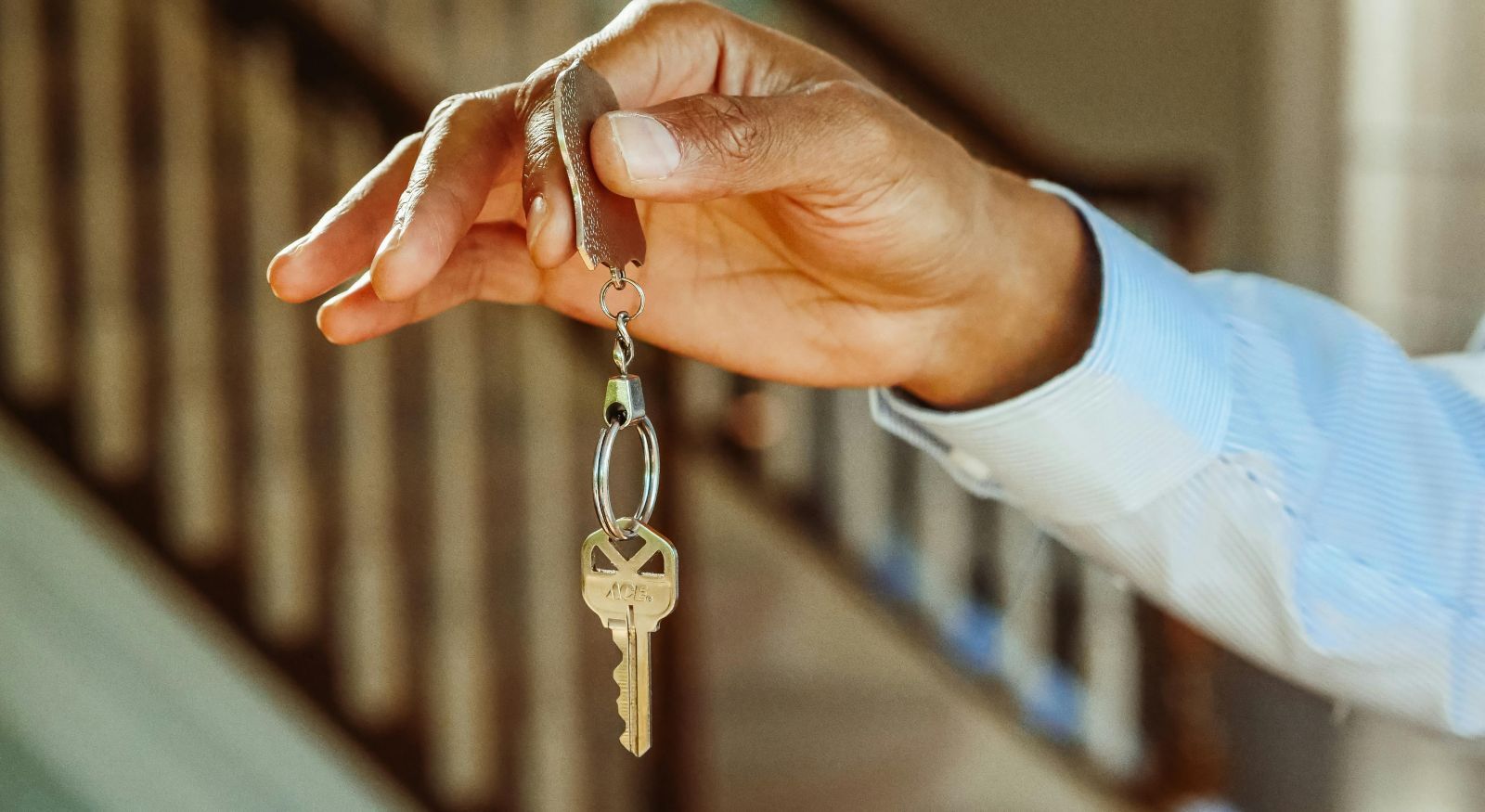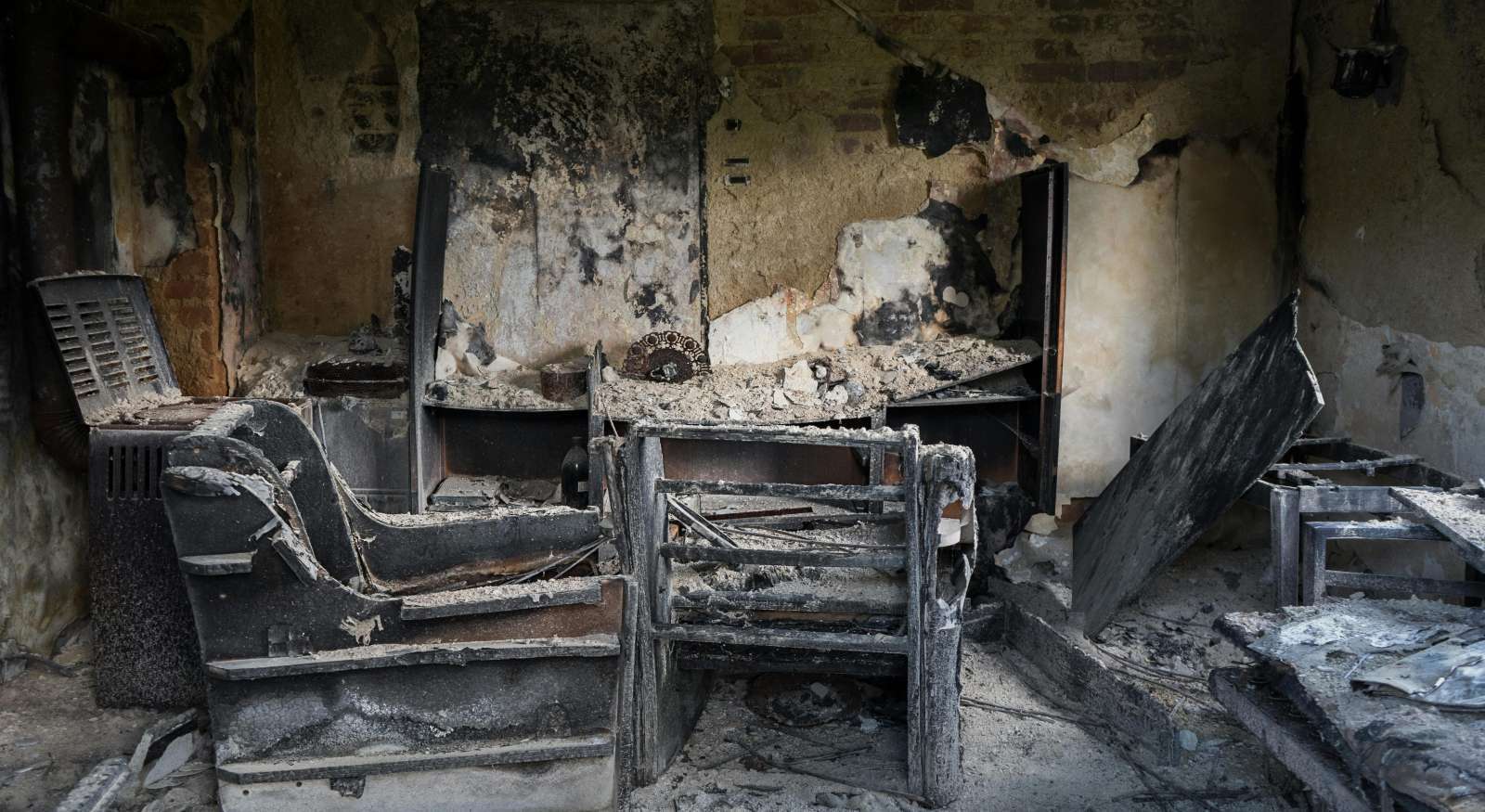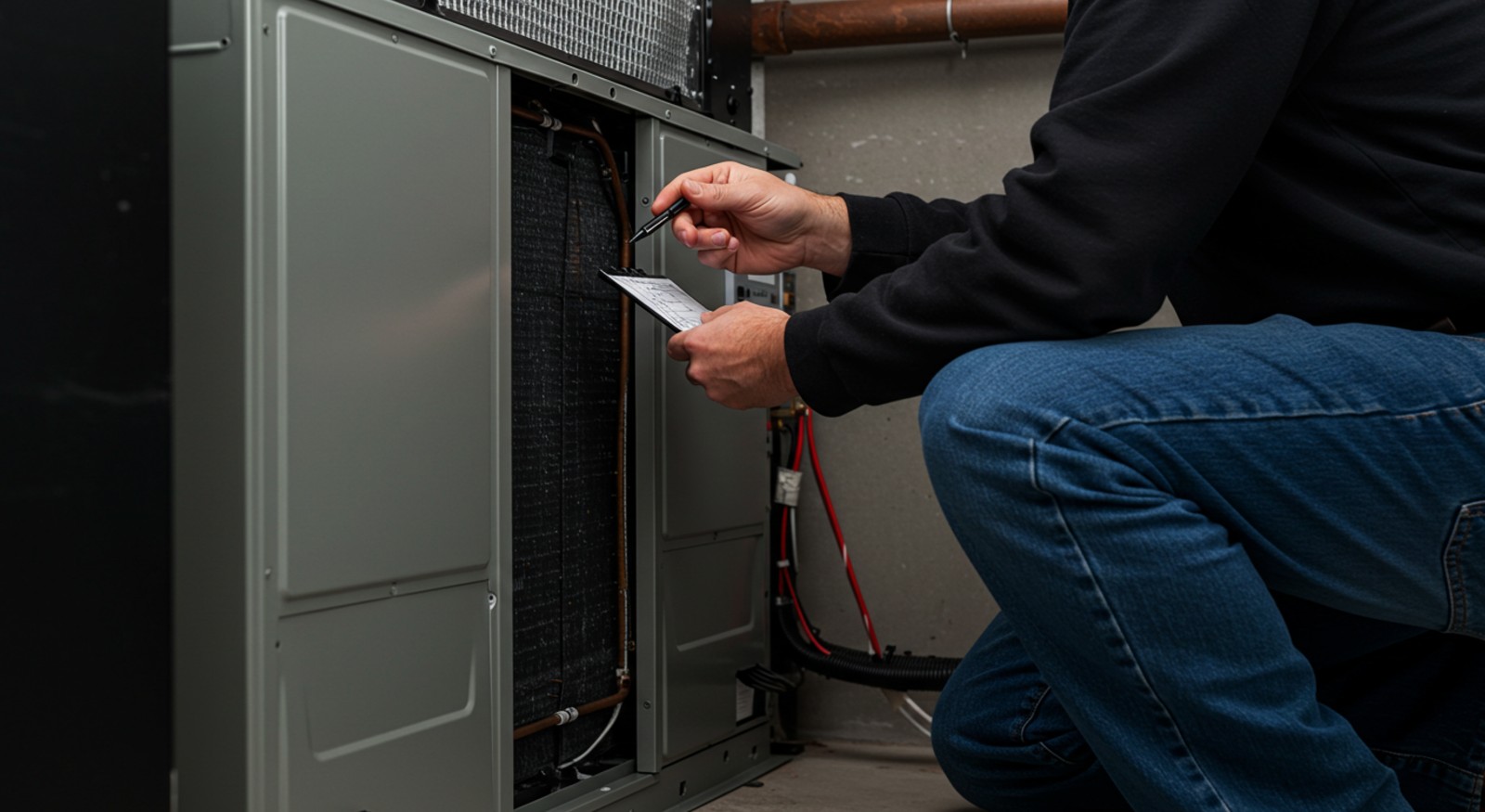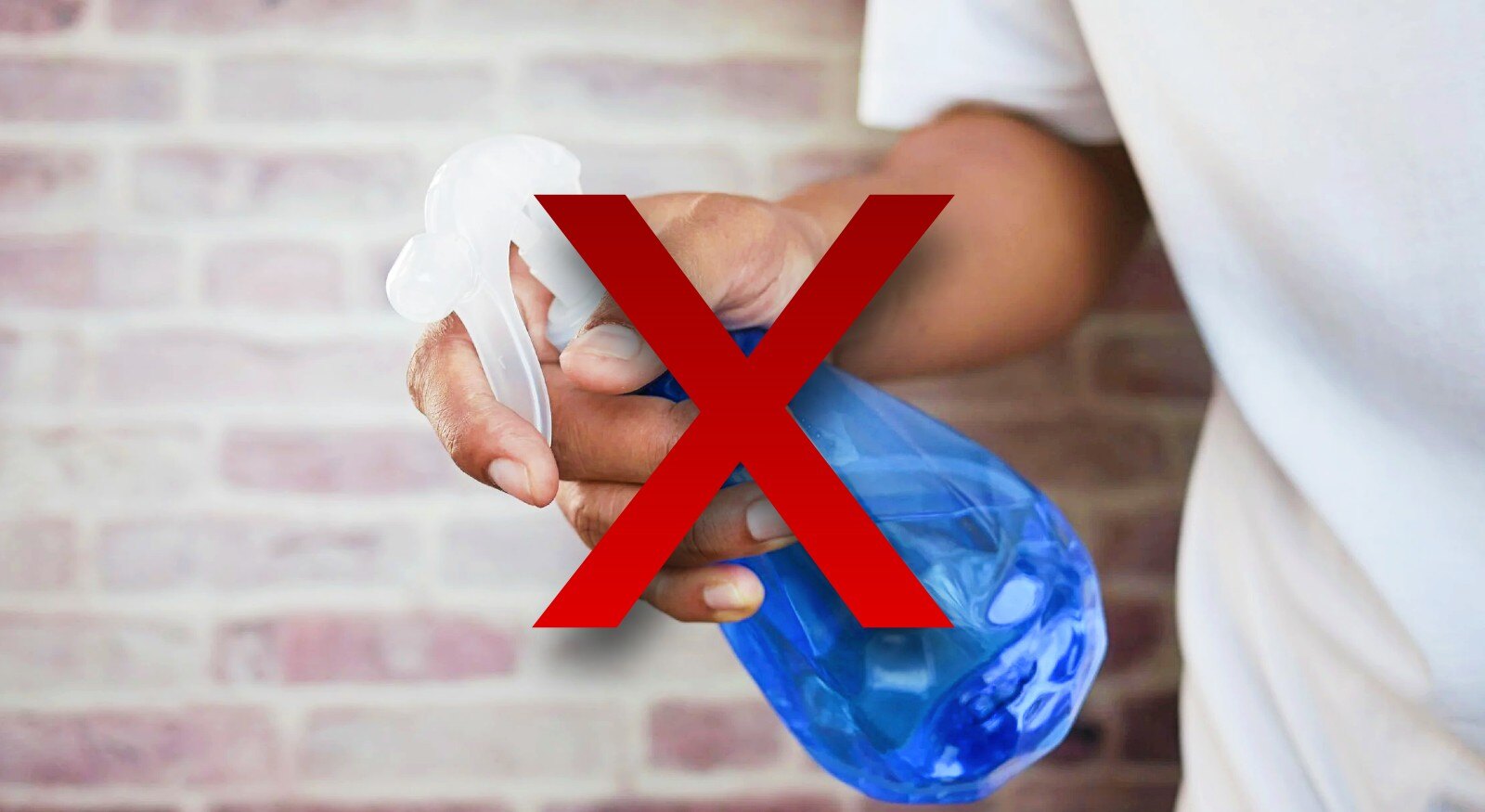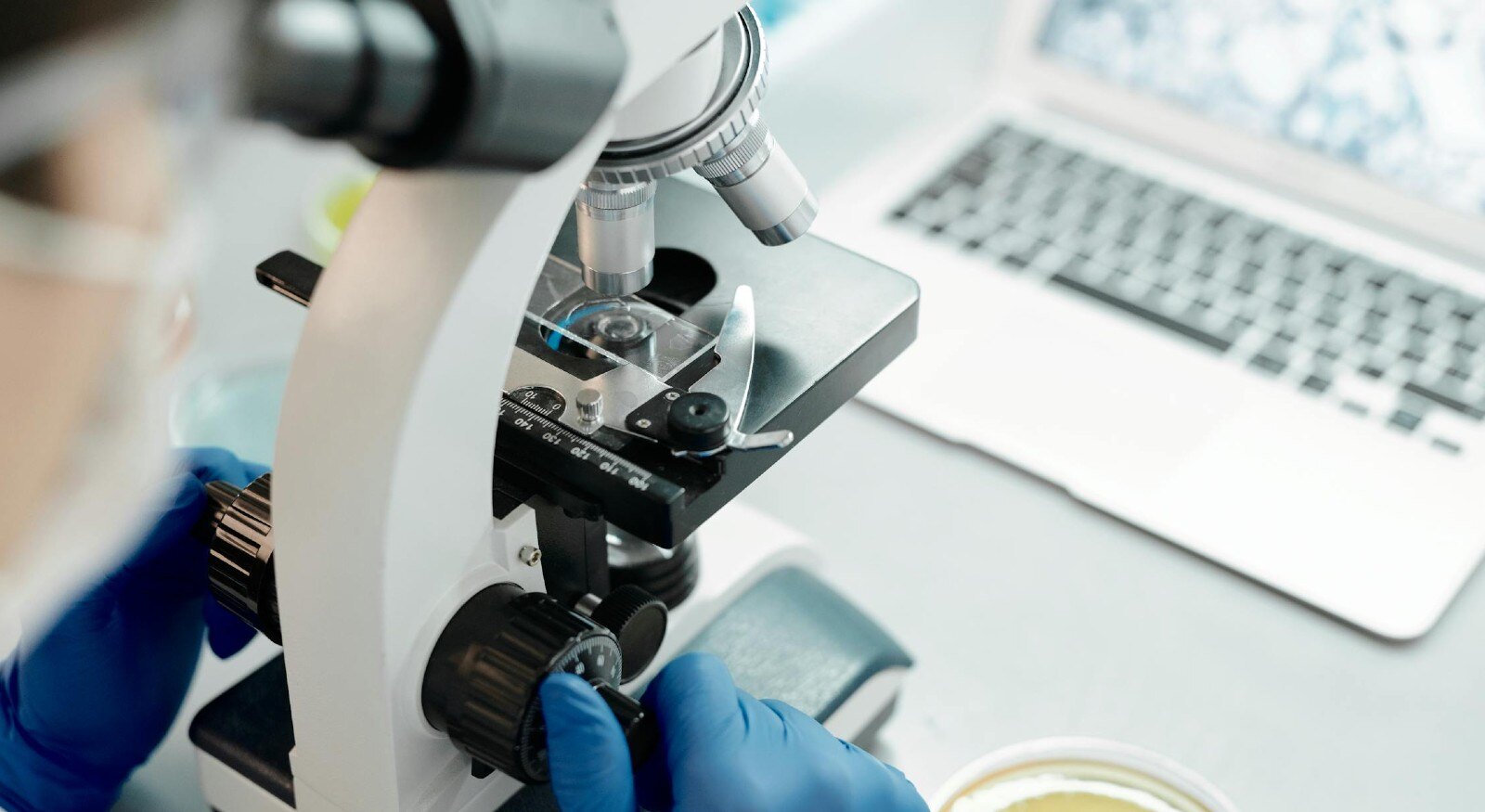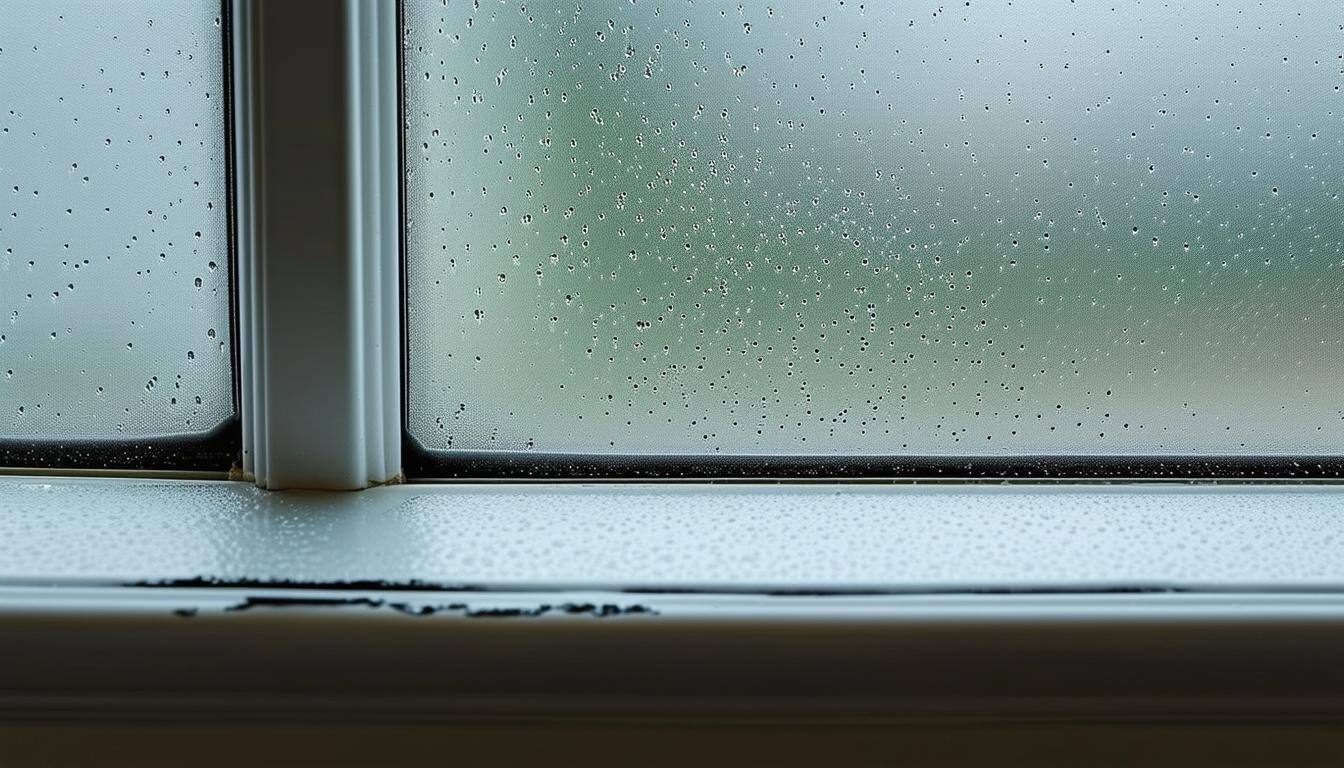Mold Remediation: A DIY Guide to Bathroom Ceiling Cleanup
July 14th, 2025
4 min read
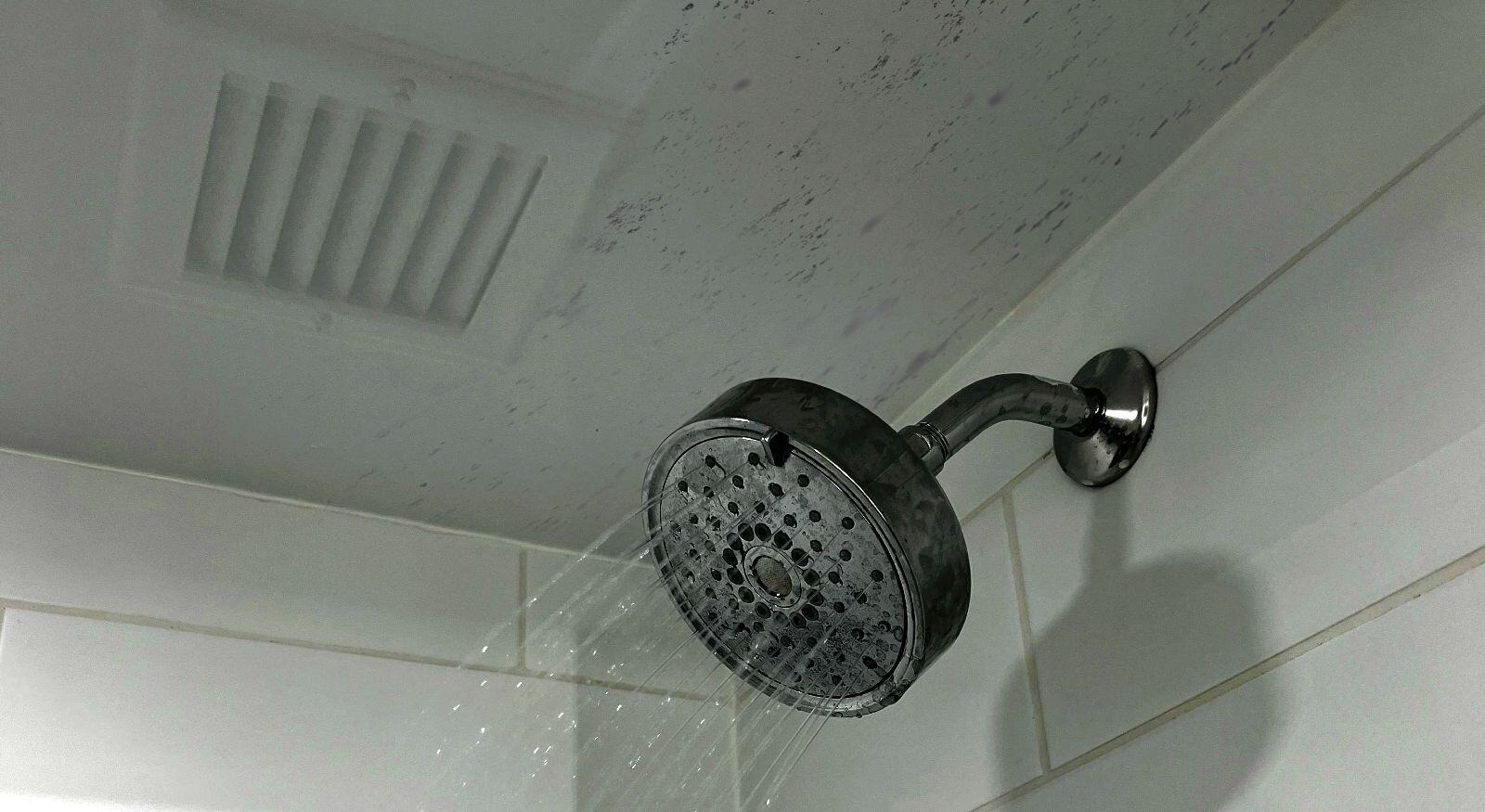
Taking a shower only to find mold growth in the ceiling can be offputting. You have heard about the health risks related to mold and are now worried about how to clean up the mess.
Thankfully, there are solutions available. As a mold remediation company, Restore-It knows all about the dangers of out-of-control mold. Having helped many South Arkansas homeowners, we are also here to lend you a hand.
Let's discuss steps to eliminate mold from your bathroom, why it grows there, how to identify it, and safe and effective cleaning methods. Finally, we will discuss some prevention strategies so you can enjoy your bathroom again without worrying about mold.
Why Bathrooms Are Vulnerable to Mold
The United States Environmental Protection Agency (EPA) states that mold can be found everywhere and can grow very fast with a bit of moisture and organic matter (like your building materials). And your bathroom is considered prime real state for mold. Let's take a closer look into the reasons why this is:
- High Humidity Levels: Hot showers and baths create steam, which increases the air's moisture.
- Poor Ventilation: Many bathrooms lack adequate ventilation, trapping moisture.
- Surface Materials: Ceiling materials like drywall and paint can absorb moisture, providing a food source for mold.
- Leaks: Hidden leaks from pipes or the floor above can contribute to moisture buildup.
Identifying Mold on Your Bathroom Ceiling
Knowing your enemy is winning half the battle, and when it comes to fighting mold in your bathroom, this means spotting early signs of mold growth. Look for:
- Discolored patches, spots, or a fuzzy texture. Mold can appear in various colors.
- A persistent musty smell is a strong indicator of mold.
- Frequent condensation on the ceiling.
Safety First: Protect Yourself and Your Family
Poorly done mold cleanup can spread mold spores throughout your home, exposing you and your family to health hazards. Here are some recommendations to remove mold safely:
- The EPA recommends using protective gear when cleaning mold: an N-95 respirator mask, gloves, and goggles.
- Ensure good airflow by opening windows and using an exhaust fan.
- Work carefully to avoid stirring up mold spores.
- People with respiratory problems, immune compromised, kids, and the elderly should stay away.
Get Your Cleaning Tools Ready
To win this battle against mold, you are gonna need some allies. Here are the everyday household items you will need:
- Cleaning solution
- Ladder
- Plastic sheeting or drop cloths
- Sponge or cloth
- Spray bottle
Here is how to make your own cleaning solutions and how to apply them to remove the mold spots:
- Vinegar: Apply undiluted vinegar directly to the mold. Allow it to sit for 15 minutes, then scrub off the mold. Repeat the process until the area is clear.
- Baking Soda: Combine baking soda with warm water. Spray the mixture on the mold and scrub it away.
- Hydrogen Peroxide: Use a 3% hydrogen peroxide solution directly on the mold. It's best to test it first in a hidden area to ensure no discoloration occurs.
Follow these Steps to Clean Mold
Removing mold from your bathroom ceiling can feel like an ordeal if you don't know what you are doing. Follow these steps to get rid of that mold:
Step 1. Prepare the Area
Cover any surfaces below the ceiling with the plastic sheeting or drop cloths to protect them from drips. Keep vulnerable people away from the area. Gather your cleaning supplies and protective gear.
Step 2. Begin with Surface Cleaning
Use the ladder and ensure it is stable and firm. Then, use a sponge or cloth dampened with one of your cleaning solutions to wipe down the moldy areas gently. Avoid scrubbing too hard, as this can damage the ceiling surface.
Step 3: Rinsing the Spot
Use a damp cloth to rinse the cleaned area. This will help you remove any remaining cleaning residue.
Step 4: Dry the Area
Now that you removed the mold, you must ensure the space is not holding any more moisture. Use fans or open windows to dry the ceiling thoroughly. Consider using a dehumidifier if you have one.
Why Not Use Bleach to Remove Mold?
While you can find a jug of bleach in almost every household, this chemical might not be the best when dealing with mold. Here are some reasons why we don't recommend it:
- Limited Reach: Bleach can disinfect non-porous surfaces, but mold grows deep down. Bleach can kill the mold on the surface, but it won't get that deep.
- Too Much Water: Bleach is mostly water. When you apply it to a moldy surface, especially a porous surface, the water can soak in and actually feed the mold. Meanwhile, the bleach evaporates in an instant.
- Fumes and Irritation: Bleach fumes can irritate your eyes, skin, and lungs. In a poorly ventilated bathroom, this can be a real problem. Remember never to mix it with other cleaning solutions to avoid gas poisoning.
- Damage Potential: Bleach can damage some bathroom surfaces, like certain types of tiles or grout. It can also discolor paint and other finishes.
Top Tips to Prevent Mold from Return
Cleaning the mold is only half the battle. You also need to address the underlying moisture problem. Here are some strategies so mold never comes back:
- Improve Ventilation: Use exhaust fans in bathrooms during and after showers or baths—also, open windows when possible to ensure proper airflow.
- Control Humidity: Use a dehumidifier to maintain indoor humidity between 30% and 50%. You can also check moisture levels with a hygrometer.
- Repair Leaks: Fix leaks in your roof, plumbing, or windows promptly.
- Insulation: Proper insulation can help prevent condensation.
When to Call the Professionals
Sometimes, DIY is not enough. Consider calling a professional mold remediation company if:
- The moldy area is larger than 10 square feet (bigger than 3 ft. by 3 ft.).
- You or your family experience respiratory problems or allergies
- You find a moldy smell but cannot locate the source. This means the mold might be hidden behind walls or in hard-to-reach areas.
- The mold keeps coming back. This means there is an underlying moisture problem.
Restore-It: Your Ally in the Fight Against Mold
So, there you have it. In this article, we have shared a solid plan to tackle mold on your bathroom ceiling, from identifying the problem to cleaning it safely and preventing its return. If the thought of dealing with mold has been causing you stress, we hope you have more clarity and confidence. If you are dealing with a larger mold patch or prefer to leave it to the pros, contact Restore-It today! Our team will ensure your bathroom is once more a place of relaxation instead of a source of worry. We offer professional mold remediation services, providing a safe and effective solution for your home.
Topics:





